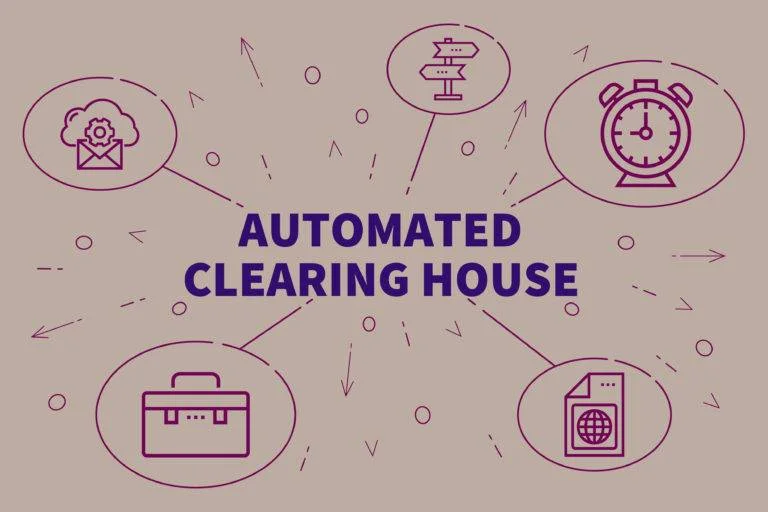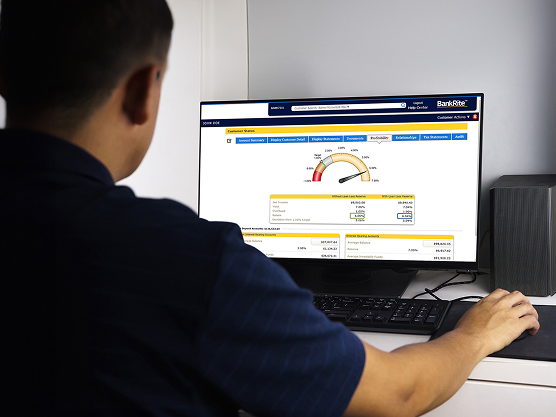Most consumers and businesses have used ACH payments before, whether for recurring payments or bulk transactions. However, while many people have used these payments, they may not know what the payments actually are. BMA is here to help you learn more about ACH payments, how they work, and why you should use them.
What Is the Automated Clearing House?
The Automated Clearing House (ACH) is a network of electronic fund transfers run by the National Automated Clearing House Association (NACHA). This system, handled in the form of payments, relates to various transactions, including:
- Business-to-business
- Consumer bills
- Direct deposit
- Payroll
- Tax payments
- Tax refunds
- And more
The ACH system has been in place since the 1970s and is only used within the United States banking network.
How Does ACH Work?
The ACH network acts as a central hub of financial institutions that move financial transactions between bank accounts. When a payment is processed, it moves through the ACH network to the final account only after the first account approves the transaction.
There are currently over 10,000 financial institutions that operate as part of the ACH network and they move trillions of dollars in financial transactions every year.
The ACH Process
The ACH process can be broken down into three simple steps.
- An entity requests to send money from its financial account to another financial account.
- The ACH network receives the funds from the first financial institution and routes them through the ACH to the final financial institution account.
- The receiving entity gets the money into its account from the ACH.
The funds transfer from one account to the other quickly and easily with the help of the ACH network.
ACH Payments
The electronic financial institution-to-financial institution transactions that move through the Automated Clearing House are known as ACH payments but are also referred to as ACH transfers or ACH transactions. It should also be noted that these payments can only be applied to bank transactions and not to debit or credit card transactions.
ACH payments are broken down into two main categories: direct deposits and direct payments.
Direct Deposits
Direct deposits cover all types of payments that move directly from a business or government account to a consumer account. Direct deposit transactions include:
- Annuities
- Employee expense reimbursement
- Government benefits
- Interest payments
- Payroll
- Taxes and other refunds
Direct Payments
Direct payment covers the use of funds for making payments. Direct payments can come from either individuals or organizations in order to make payments.
An ACH direct payment can be further broken down into two more categories: ACH credits and ACH debits. The credits are added to the account while the debits are withdrawn from the account.
Benefits of ACH
Many businesses prefer to use the Automated Clearing House Network for the provided benefits. These benefits include:
- Low costs — ACH payments cost less to process, especially compared to credit card transactions.
- Fast and easy — Since ACH transactions are done electronically, they can be completed faster and easier, including the ability to avoid paperwork that slows traditional payments down.
- Improved customer service — ACH payments are easier for customers, meaning they’ll prefer to work with a business that offers this option.
- Recurring transfers — Customers can set up recurring ACH payments to avoid missed bills or late payments.
- Bulk payments — The ACH network makes it easier to process and manage bulk payments, like payroll.
Disadvantages of ACH
While ACH transactions are beneficial for businesses and consumers alike, there are still some disadvantages to the systems. These disadvantages include:
- Transaction fees — Businesses are responsible for paying a fee for every transaction. While the fee is usually very small, it is still a cost to be considered.
- Fund delays — ACH transactions are not instantaneous. Funds can take anywhere from a few hours up to four days to appear in the receiving account.
- Transaction cut-off times — Financial Institutions can’t process ACH payments after a certain time, which can cause further delays.
- Country-specific — ACH transactions are mainly confined to the United States, with limited capacity for international payments.
- Fund limits — Some financial institutions have limits on how much money can be sent per day, per transaction, or per account.
How Much Does ACH Cost?
ACH payments are free for consumers to use. However, companies and financial institutions need to pay to send and receive these transactions. The median cost of sending and receiving an ACH transfer is $0.29 USD. This low cost is why many businesses prefer to use the ACH network.
There may be additional fees associated with ACH transactions, including:
- Flat fee per transaction
- Percentage fee per transaction
- Monthly network fee
- Batch fee per each batch transaction
- ACH return fee
- ACH reversal fee
ACH transactions are convenient for consumers and businesses alike, but businesses and financial institutions need to be aware of the additional costs.
Need More Financial Knowledge?
At BMA, we understand all the ins and outs of the financial banking industry. We help new and existing banks, credit unions, and other financial institutions make the most of the services they have to offer. Contact BMA to learn more today.













